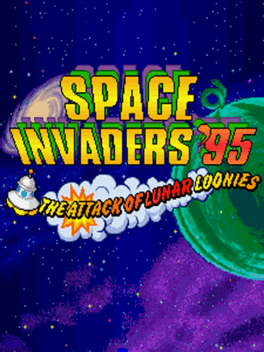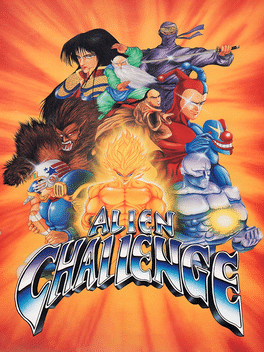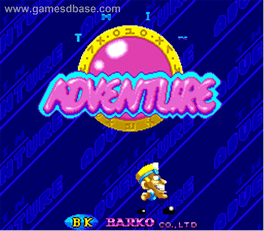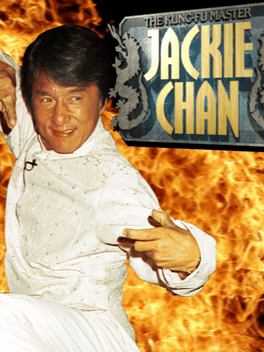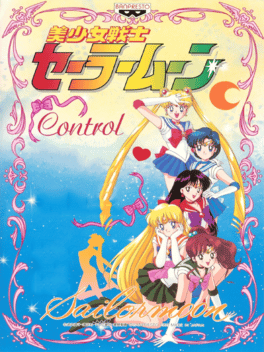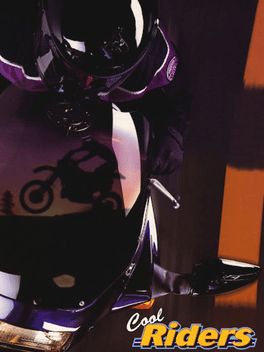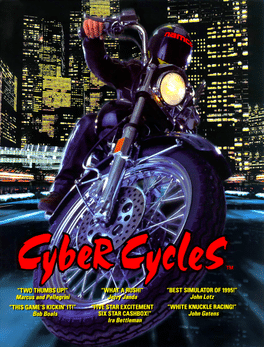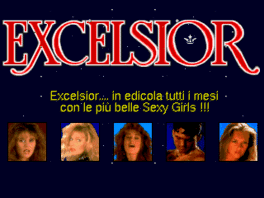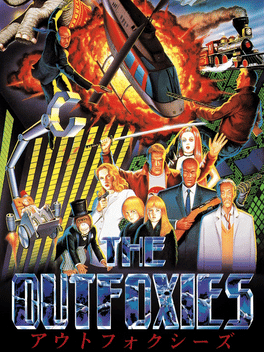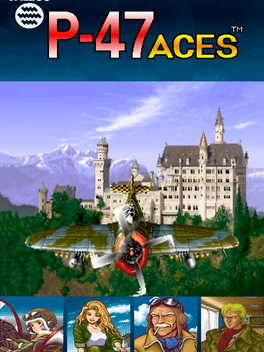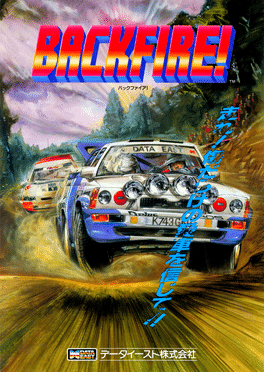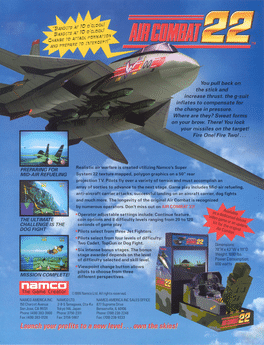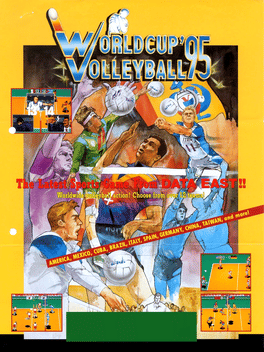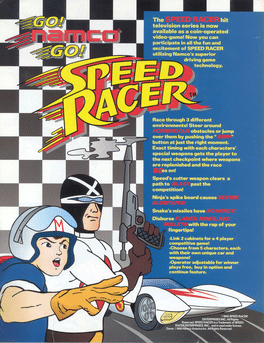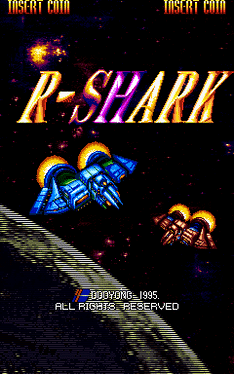New Arcade Games - Page 63
-
Space Invaders '95: The Attack of Lunar Loonies
1995
Space Invaders '95: The Attack of the Lunar Loonies is an Action game, developed and published by Taito Corporation, which was released in 1995. -
Alien Challenge
1995
Alien Challenge
1995
Alien Challenge is a 2D versus fighting game in which you take control of one of eight eight fallen gods, taken down to the mundane world to atone for their actions. Each fighter has their own moveset, with three punch buttons, three kick buttons, and command inputs that use those six buttons. The seven other playable characters must be defeated to reach the final opponent, boss character Claus. -
Twin Action
1995
-
Funky Ball
1995
-
Dokkaebi-ga Ganda
1995
Dokkaebi-ga Ganda
1995
Often also refered to as Cobi Comi, after the two kobold protagonists, the game offers standard platforming fare by Senori Box, who should disappear after a few more announcements of games that got never released, only to re-emerge years later as Jaemi Inneun Nyeoseokdeul (재미있는 녀석들). -
Twin Adventure
1995
Twin Adventure
1995
Guide twin brothers Tom and Sam to rescuing the princess and restoring peace to the Dream Land Paradise by going through various mini-games. -
Jackie Chan: The Kung-Fu Master
1995
The legendary Jackie Chan assembles Earth greatest martial artists to fight in a tournament to crown a new Dragon Master. -
Pretty Soldier Sailor Moon
1995
The game is a side-scrolling "beat-'em-up" game, one or two players pick their desired Senshi and travel through various stages defeating enemies. Items are sometimes dropped by enemies that can range from items that restore health, give extra points, or crystals that allow the Senshi to perform special attacks. Up to five crystals can be collected per player to power up the Senshi's special attacks. During the most difficult moments in battle, Tuxedo Mask will appear and throw a rose, which is a bonus to pick up and depart. -
Extreme Downhill
1995
Extreme Downhill
1995
Extreme Downhill was produced by American Sammy in 1995. American Sammy released 12 different machines in our database under this trade name, starting in 1991. Other machines made by American Sammy during the time period Extreme Downhill was produced include Zombie Raid, Wild West, Coin Circus, Eagle Shot Golf, Krazy Bowl, Simple Simon, and Daioh. -
Exc3lsior
1995
Exc3lsior
1995
Excelsior is an adult-themed shooter game with puzzle elements featuring photographic images of nude women. The objective of each stage is to destroy the blocks to reveal the naked woman hidden behind them. At the start of the game the player selects one of three player characters, and then selects one of five girls (and one guy) as the person hidden in the bonus stage. In each regular stage the player uses a powertool to drill away at the blocks obstructing the view of the nude girl underneath. Various enemies appear at regular intervals and must be avoided or destroyed with gunfire or bombs. Occasionally various power-ups appear that the player may collect for more fire-power or drilling power. Once 65% of the obstructing blocks have been destroyed, the background image goes from a dark, shaded image to a bright, full color image. And the level is cleared after 81% of the blocks are cleared. After each stage the player returns to the same bonus stage. Here the player clears a wall of bricks with no enemi -
Cool Riders
1995
Cool Riders
1995
Cool Riders is the spiritual sequel to Sega's OutRunners. It has a similar premise to OutRunners, though rather than driving cars, the player rides bikes. It also uses digitized graphics similar to Mortal Kombat. -
Cyber Cycles
1995
Cyber Cycles
1995
A motorbike racing game featuring 2 courses; Greenhill: A high-speed track along the coastline and Neo Yokohoma: A futuristic technical course in an urban area at night. -
Excelsior
1995
-
The Outfoxies
1995
The Outfoxies
1995
The gameplay has you thrown into a particular hitman's home turf and you must use every weapon imaginable as well as anything you can find in the environment (including the environment itself) to try to kill your competitor. Weapons can be typical like a rocket launcher or machine gun or absurd like a clown cannon or a bowl of hot soup. Despite dealing with a competition about murder, the game has a levity to it in all aspects. The levels are also a star part of this game as they are varied and, in many cases, will begin to collapse as time goes on. This means that if the player doesn't kill his competition in a set amount of time the level will literally start crumbling around you. The levels take place in various interactive locations, involving inside a plane, a moving train, an office building or even at the circus. -
P-47 Aces
1995
-
Backfire!
1995
-
Air Combat 22
1995
Air Combat 22
1995
Air Combat 22 is a flight simulator arcade game, released by Namco in 1995. It is the sequel to the 1992 arcade game Air Combat, both of which led to Namco's Ace Combat series. The "22" in the title refers to the game running on Namco's Super System 22 hardware. -
Worldcup Volleyball '95
1995
World Cup Volleyball '95 is a volleyball simulation game developed by Data East and released in 1995 for arcades. World Cup Volleyball '95 is a simple volleyball game. The game utilizes a top-down side view of the field and a two button scheme, with 12 countries for the player to choose. -
Speed Racer
1995
Speed Racer
1995
A racing game based on the successful anime cartoon in which the player takes on the role of the young driver Speed Racer and his super racing GT car named Mach 5. -
R-Shark
1995
